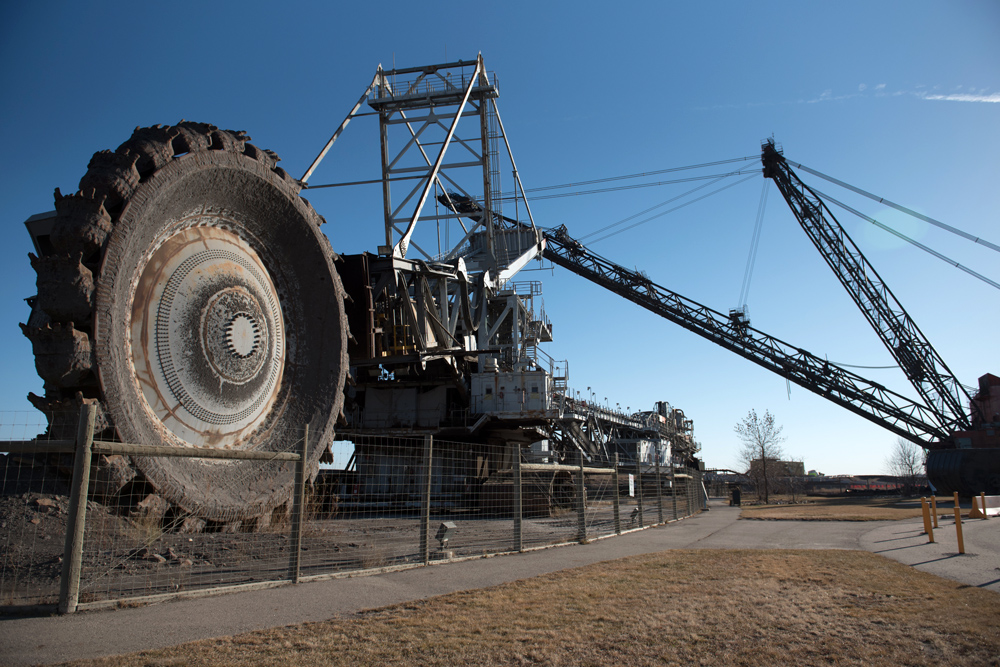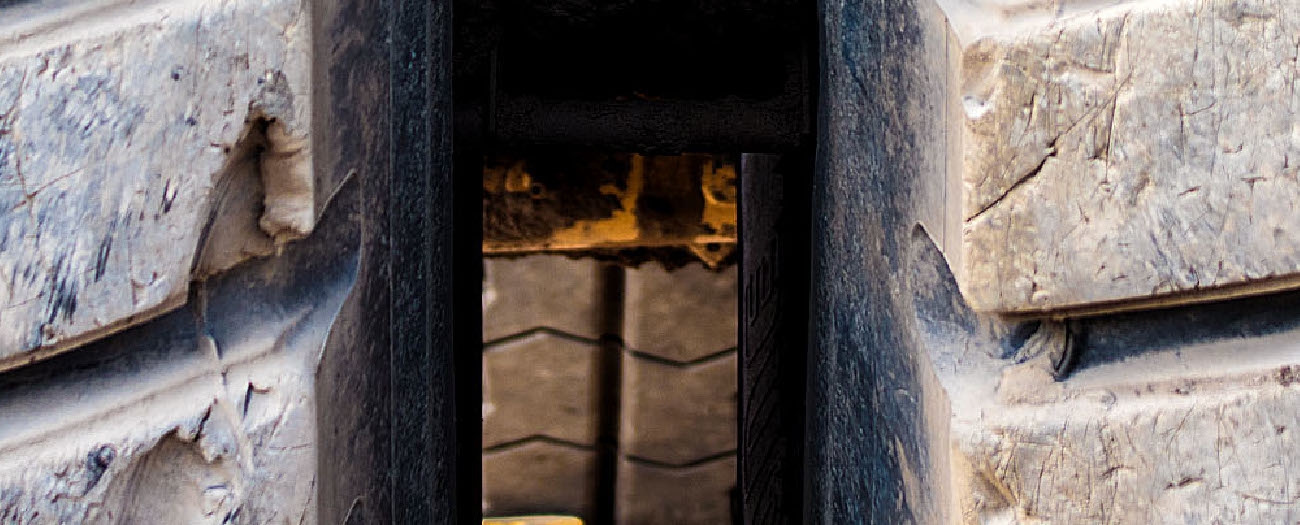The massive trucks used in the oil sands carry both heavy loads and heavy technology
Alberta - September 21, 2020Everything seems larger than life at an oil sands mine. Equipment seen from afar look like toys, but up close, they dwarf everything around them. These are the trucks of the oil sands, otherwise known as heavy haulers. They are the dump truck in the "sandbox" and are the largest vehicles on the planet, carrying over 362 tonnes of material in a single load.
These mechanical giants have always used the most advanced technology of the time. Today's heavy haulers are pre-dated by dragline and bucketwheel technology. Draglines look like huge cranes with wheels and have a reach of almost a football field's length. They dug up sticky oil sand ore and left it for bucketwheels to scoop up onto a conveyor that travelled to the processing plant. This equipment was retired from the oil sands in the 1990s, but can still be seen at the Oil Sands Discovery Centre in Fort McMurray, Alberta.

Current heavy haulers are no toy trucks though, equipped with super high-tech systems like automation that stops the machine when an obstacle is detected, collision avoidance using "safety bubbles" to trigger warnings, e-communication between vehicles with operators and those without, emergency stop buttons, all topped off with GPS positioning using gyroscopes, radar, and lasers, make for some pretty heavy tech. Over the last three years, companies operating in the oil sands have begun to use autonomous (self-driving) vehicles at sites, but this technology has been used in other mining industries for a little over a decade.
If you're wondering what the control room that monitors all of this equipment looks like, you'll be surprised to learn that it's much like any office with a keyboard, computer, and monitors. However, unlike your office, the control room is also equipped with two large TV displays and two operators who monitor the screens that show real-time data and fleet management information. Nearly every piece of equipment on site is GPS-enabled so the system can track equipment at all times.
All of this technology may mean a shift in how the haulers operate and who is operating them, but it also saves money, offers different employment options, reduces emissions, and enhances safety. While the AER regulates the activity at a mine to ensure operations are safe and that the environment is protected, AER inspectors steer clear of these monster vehicles.
At an oil sands mine, heavy haulers
- Operate 24/7.
- Can carry 362 tonnes, which is about 60 African bush elephants.
- Tires are just over four metres in diameter, or close to two queen size beds end-to-end, and can weigh over 26 000 kilograms each.
- Can be filled with roughly four large electric shovel loads in under two minutes.
- Make about 1200 trips a day from the pit to the processing plant.
Jennifer Wagner, Graphic Designer


